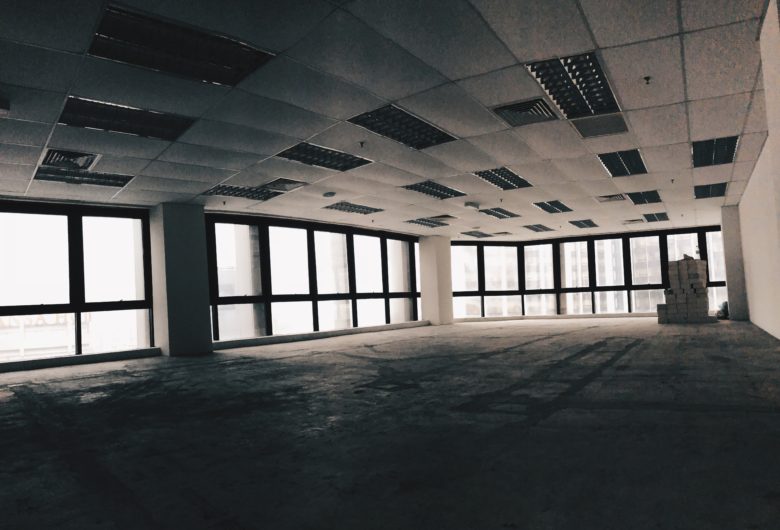There are a wide variety of professionals who need to meet their obligations before a building can be completed. Numerous builders, electricians, and plumbers have to do their jobs and complete them in sequential order. But the architect and the structural engineer are the most important positions that a person must fill early on in the project. These two positions help ensure that the building will look right and that it will be able to stand on its own for an extended period of time. A general contractor must pick the right architect and the right structural engineer if they have any hope of completing a building successfully.
Architect
An architect is a professional who is in charge of drawing up plans for a building project of some kind. They are the person who focuses on the aesthetics of the project and what it will look like. Architects design basic plans with eaves, angles, and colors. They may add extra details such as arches and even statues. Some elements of structure do figure into the work of the architect. He or she has to design a building that will actually stand up. If they are designing a landscape, they have to ensure that the landscape will not slide off a hillside. But the main focus of the architect is to draw up the overall vision for the contractor and the owner. They work closely in order to articulate that vision and turn it into a reality.
Structural engineer
The structural engineer, a professional like Pedram Zohrevand, is also involved in the process of constructing a building. He or she works closely with the architect and is usually viewed in a similar light as architects. As mentioned above, architects have to consider many aspects of structural engineering as they formulate plans. Structural engineers also have to consider and understand the basic points of architecture as they construct the building. But the process of being a structural engineer has a different goal in mind than an architect.
At its core, structural engineering is all about ensuring that a structure will withstand the test of time and all of the different stresses from materials, interior equipment, and the landscape. According to Pedram Zohrevand, this job requires an understanding of physics and material science. A person must become adept at the use of steel, wood, and brick. They must know what materials should be placed where in order to bring an architect’s vision to life in a structure. This role is a major reason why the structural engineer often works closely with the architect throughout the process. Some firms even hire both types of professionals and have them work in the same office.
What to do
Anyone who is interested in building any kind of structure should use both an architect and a structural engineer. One of these professionals cannot work without the other. Most companies decide on the specific engineer and architect they want to use before beginning on the project. They usually begin the process by picking an architect. The architect draws up the plans for the building and helps the general contractor begin the construction process. They also help the structural engineer with the early building stages. The structural engineer often stays around through to the very end when the only work that is occurring is either cosmetic or focused on trades that are not directly connected to the structure.
A structural engineer must be familiar with the nature of the project and the vision of everyone involved. He or she must be able to communicate and work together with the other individuals on the job site. The structural engineer must also be familiar with the building budget and the climate where they are doing work. It is possible for a general contractor to remove a structural engineer who is not meeting those needs.
Conclusion
Architects and structural engineers have inherently different jobs. But the vast differences between those jobs does not mean they do not have to work together. Indeed, these professionals work best when they are in sync. They have to share plans, details, and reports to the general contractor and to the person commissioning the work. These steps must be taken so that both architects and structural engineers see their vision through to fruition



